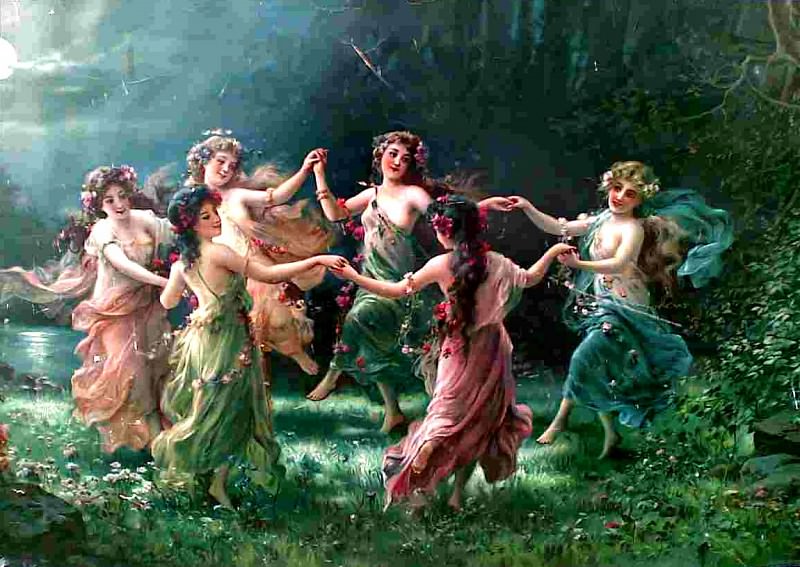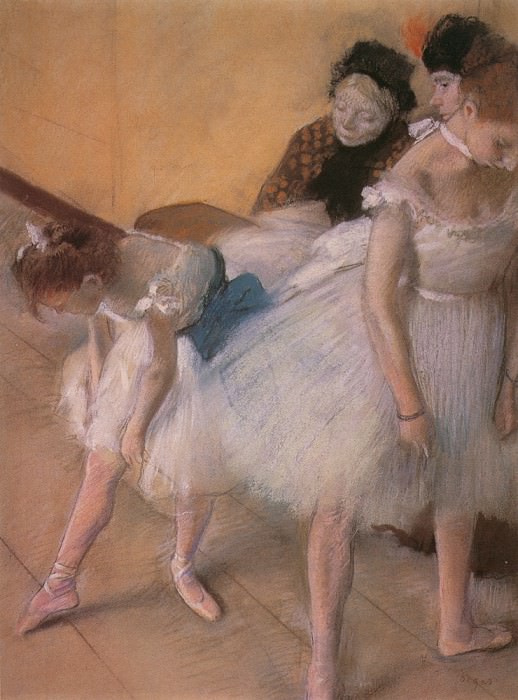Frank Gehry: The Intersection of Architecture and Art
Frank Gehry is widely regarded as one of the most innovative and influential architects of the modern era. His work transcends the conventional boundaries of architecture, blending the functional aspects of building design with the expressive and evocative qualities of art. Gehry’s architectural masterpieces, characterized by their bold forms, fluid lines, and unconventional materials, challenge the traditional notions of space and structure, making him a pivotal figure in the conversation between architecture and art.
The Early Life of Frank Gehry
Born in Toronto, Canada, in 1929, Frank Gehry's journey into the world of architecture began at a young age. His interest in the arts was nurtured by his maternal grandmother, who encouraged him to build cities out of wooden blocks. This early exposure to the creative process laid the foundation for his future as a boundary-pushing architect. Gehry’s family moved to Los Angeles in 1947, where he would later study architecture at the University of Southern California. This move marked the beginning of his lifelong relationship with the city, which would play a significant role in shaping his architectural style.
Gehry’s Philosophy: Architecture as Art
Frank Gehry's approach to architecture is deeply rooted in his belief that architecture should not merely serve a functional purpose but should also evoke an emotional response. He views buildings as sculptural forms that inhabit a space, much like a work of art inhabits a gallery. Gehry’s designs are known for their deconstructivist approach, characterized by fragmented, non-linear forms that create a sense of movement and dynamism. This style challenges the rigid, symmetrical structures that have dominated architecture for centuries, offering instead a fluid and expressive alternative.
Signature Works: Sculptures in Space
Gehry’s architectural creations are often described as sculptures in space, and it is not difficult to see why. His buildings defy conventional expectations, both in terms of form and function. One of his most famous works, the Guggenheim Museum in Bilbao, Spain, is a prime example of this. Completed in 1997, the museum’s sweeping curves and shimmering titanium surface create a sense of fluidity and movement, blurring the line between architecture and sculpture. The Guggenheim Bilbao is not just a building; it is a work of art that has redefined what a museum can be.
Another iconic Gehry project is the Walt Disney Concert Hall in Los Angeles, completed in 2003. The building’s undulating stainless steel exterior and the organic, flowing shapes of its interior spaces reflect Gehry’s commitment to creating structures that are as aesthetically compelling as they are functional. The concert hall is a testament to Gehry’s belief that architecture should inspire and engage its occupants, creating a sense of wonder and awe.
Materials as Artistic Mediums
One of the defining characteristics of Frank Gehry’s work is his innovative use of materials. Gehry is known for experimenting with unconventional materials, such as corrugated metal, chain-link fencing, and titanium, to create textures and forms that challenge traditional architectural practices. His use of materials is not just about aesthetics; it is about pushing the boundaries of what architecture can be. Gehry’s willingness to experiment with materials has resulted in some of the most visually striking and structurally daring buildings of the modern era.
In his Venice Beach House, completed in 1986, Gehry used industrial materials like corrugated metal and chain-link fencing to create a structure that stands in stark contrast to its more conventional surroundings. The house’s raw, unfinished appearance reflects Gehry’s interest in the process of construction and his desire to expose the underlying structure of his buildings. This approach is a clear departure from the polished, pristine surfaces that characterize much of modern architecture, and it speaks to Gehry’s commitment to challenging architectural norms.
Gehry’s Influence on Contemporary Art and Architecture
Frank Gehry’s impact on contemporary architecture and art cannot be overstated. His work has inspired a generation of architects and artists to think beyond the traditional boundaries of their disciplines and to explore the potential for cross-disciplinary collaboration. Gehry’s buildings are not just structures; they are expressions of artistic vision and creativity that resonate with both the architectural community and the general public.
Gehry’s influence can be seen in the work of numerous contemporary architects who have adopted his deconstructivist approach and his emphasis on form and materiality. Architects like Zaha Hadid, Daniel Libeskind, and Rem Koolhaas have all been influenced by Gehry’s innovative approach to architecture, and his legacy can be seen in the fluid, dynamic forms that characterize much of contemporary architectural practice.
Art Beyond Architecture: Gehry’s Contributions to Visual Art
While Frank Gehry is best known for his architectural work, his contributions to the visual arts extend beyond the realm of building design. Gehry has collaborated with a number of prominent artists throughout his career, creating installations and sculptures that reflect his unique approach to form and space. These collaborations have further blurred the line between architecture and art, demonstrating Gehry’s belief that the two disciplines are inherently interconnected.
One of Gehry’s most notable collaborations was with artist Claes Oldenburg on the “Binoculars Building” in Venice, California. Completed in 1991, the building features a massive sculpture of binoculars as its entrance, serving as both a functional and artistic element of the structure. This collaboration exemplifies Gehry’s ability to integrate art into his architectural designs, creating buildings that are not just functional spaces but also works of art in their own right.
Gehry has also created a number of standalone sculptures and installations that reflect his interest in form and materiality. His “Fish Lamp” series, first created in the 1980s, features whimsical, fish-shaped lamps made from Formica and metal. These lamps are a departure from Gehry’s more monumental architectural work, but they reflect the same playful, experimental approach to design that characterizes his buildings. The “Fish Lamps” are a reminder that Gehry’s artistic vision extends beyond the realm of architecture, encompassing a wide range of creative endeavors.
The Legacy of Frank Gehry
Frank Gehry’s legacy is one of innovation, creativity, and a relentless commitment to pushing the boundaries of architecture and art. His work has redefined what architecture can be, challenging conventional notions of form, function, and materiality. Gehry’s buildings are not just structures; they are expressions of artistic vision that engage and inspire all who experience them.
As Gehry continues to create and innovate, his influence on the fields of architecture and art will undoubtedly continue to grow. His work serves as a reminder that architecture is not just about creating functional spaces, but about creating spaces that resonate with people on an emotional and intellectual level. Gehry’s buildings are a testament to the power of architecture to transcend the physical and become a form of art, a legacy that will inspire future generations of architects and artists for years to come.
Gehry’s Enduring Impact on Culture and Society
Beyond his influence on architecture and art, Frank Gehry has had a profound impact on culture and society as a whole. His buildings have become cultural landmarks, drawing visitors from around the world and contributing to the cultural and economic vitality of the cities in which they are located. The Guggenheim Bilbao, for example, has had a transformative effect on the city, attracting millions of visitors and helping to revitalize the local economy. This phenomenon, known as the “Bilbao Effect,” is a testament to the power of Gehry’s architecture to not only inspire but also to drive economic and cultural change.
Gehry’s work has also sparked important conversations about the role of architecture in society. His buildings, with their unconventional forms and materials, challenge the traditional notion that architecture should blend in with its surroundings. Instead, Gehry’s work asserts that architecture can and should stand out, making bold statements and pushing the boundaries of what is possible. This approach has sparked debates about the role of architecture in public spaces, the relationship between form and function, and the responsibility of architects to create buildings that are not only beautiful but also socially and environmentally responsible.
Frank Gehry: A Continuing Journey of Exploration and Innovation
Even as he approaches his nineties, Frank Gehry shows no signs of slowing down. His recent projects, such as the Facebook headquarters in Menlo Park and the LUMA Arles cultural center in France, continue to push the boundaries of architecture and art. Gehry’s ability to innovate and adapt to new challenges is a testament to his enduring creativity and passion for his work.
Gehry’s journey as an architect and artist is one of constant exploration and reinvention. His work continues to evolve, reflecting his ongoing curiosity and desire to challenge the status quo. For Gehry, architecture is not a static discipline but a dynamic, ever-changing form of expression that must respond to the needs and desires of the people who inhabit it.
In conclusion, Frank Gehry’s work represents the intersection of architecture and art in its most powerful and expressive form. His buildings are not just functional spaces but works of art that inspire and engage all who experience them. Gehry’s legacy is one of innovation, creativity, and a relentless commitment to pushing the boundaries of what architecture can be. As he continues to create and inspire, Gehry’s impact on the world of architecture and art will continue to be felt for generations to come.




